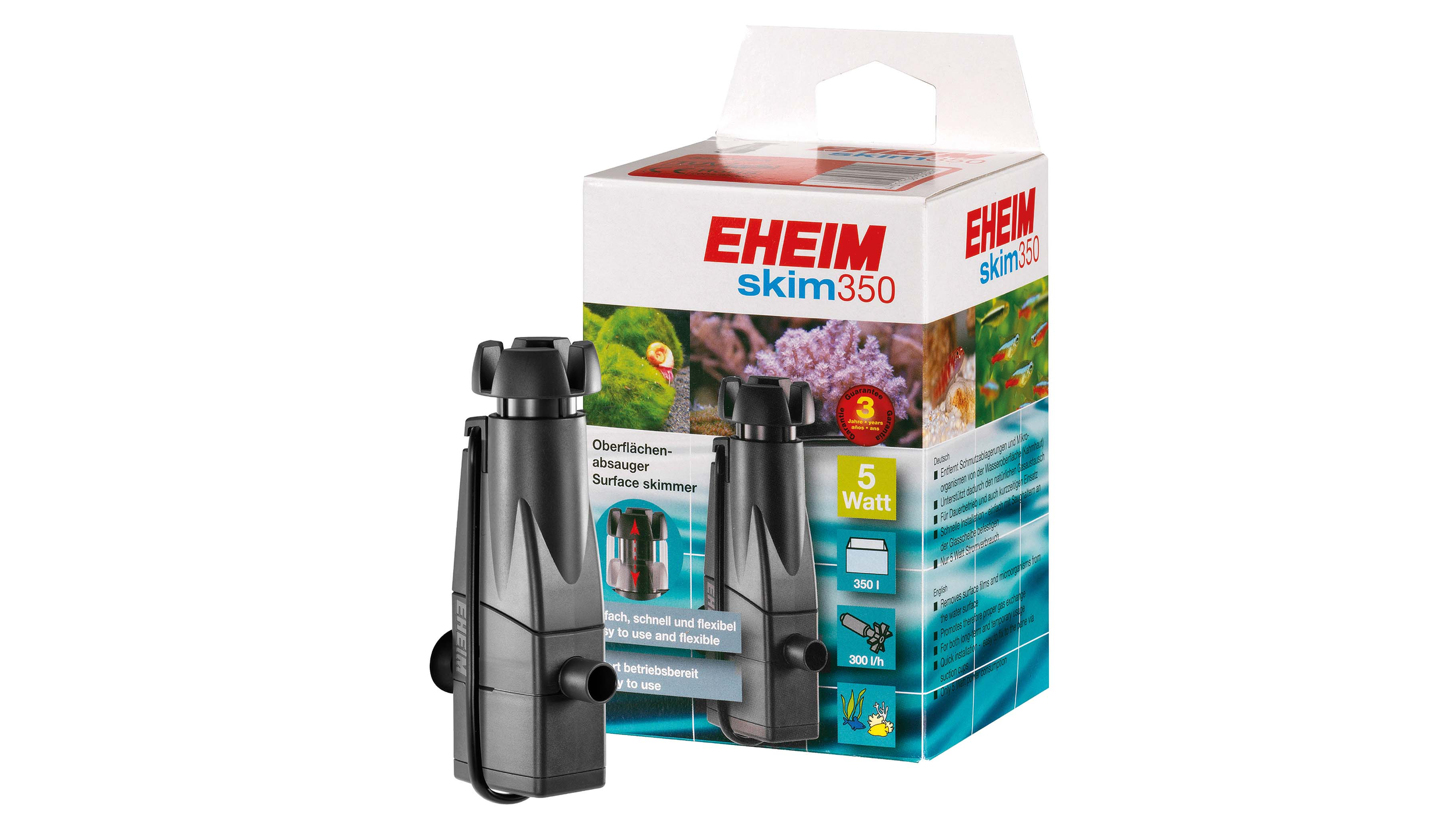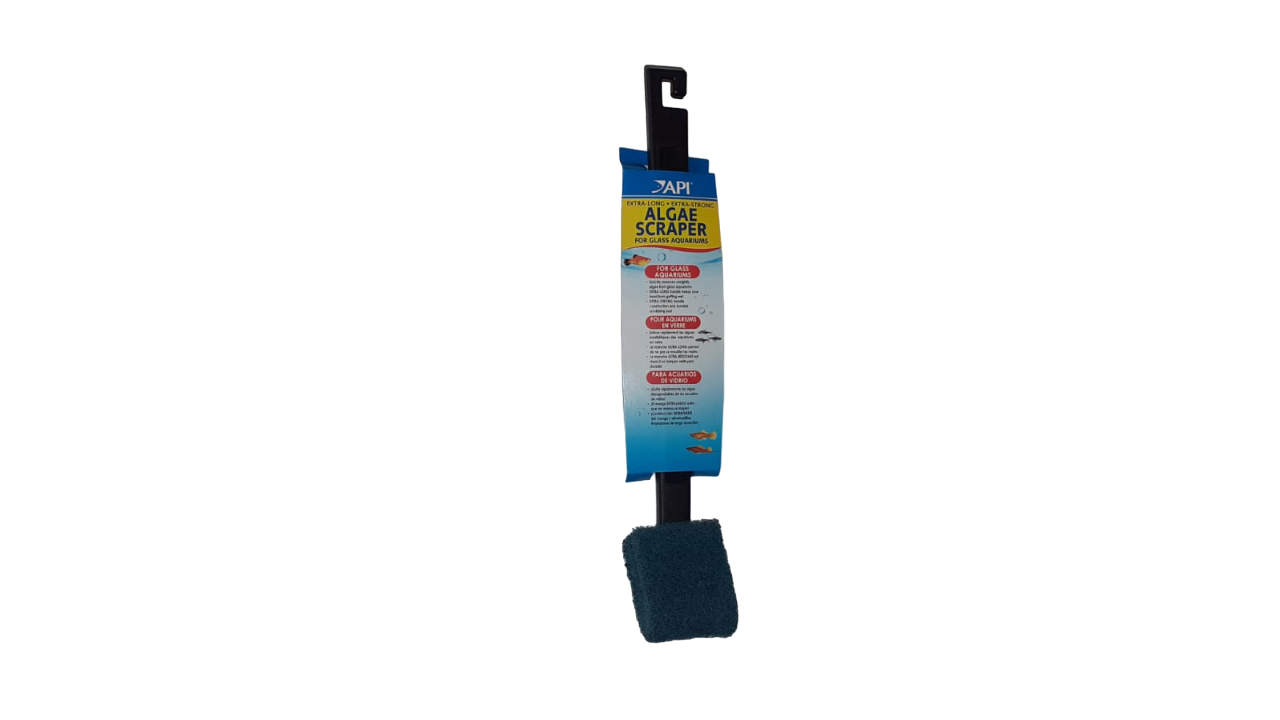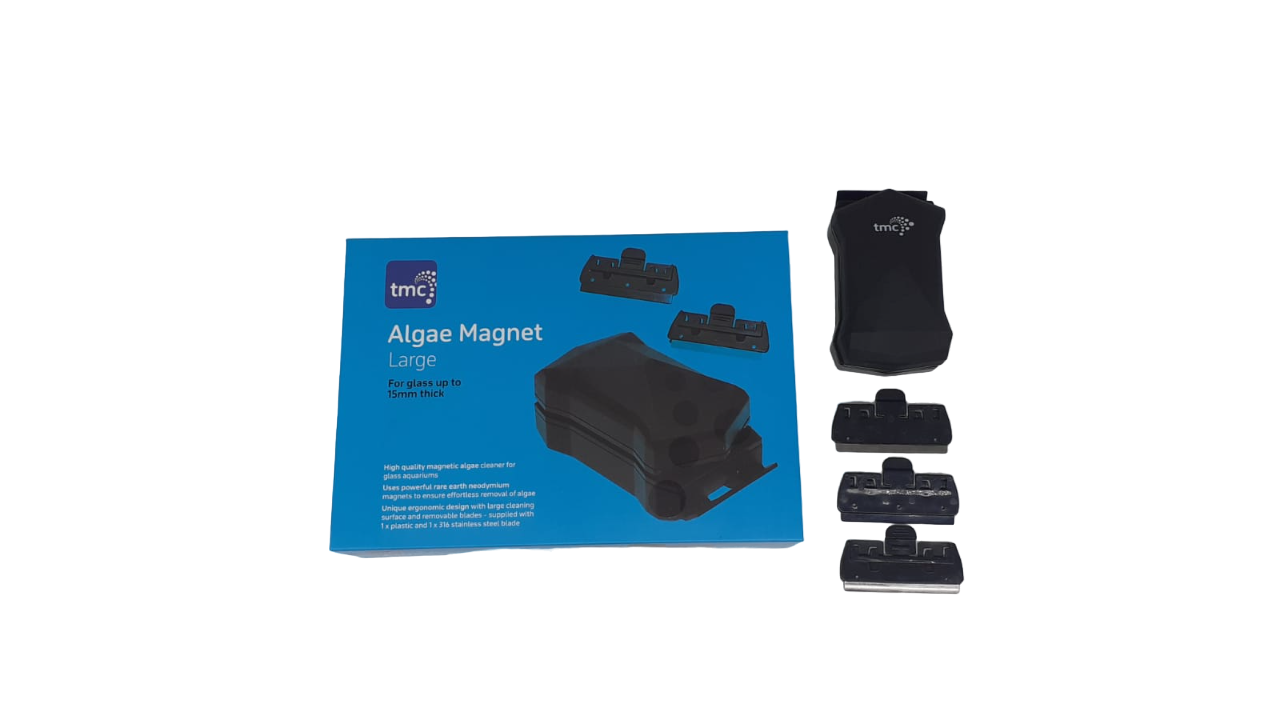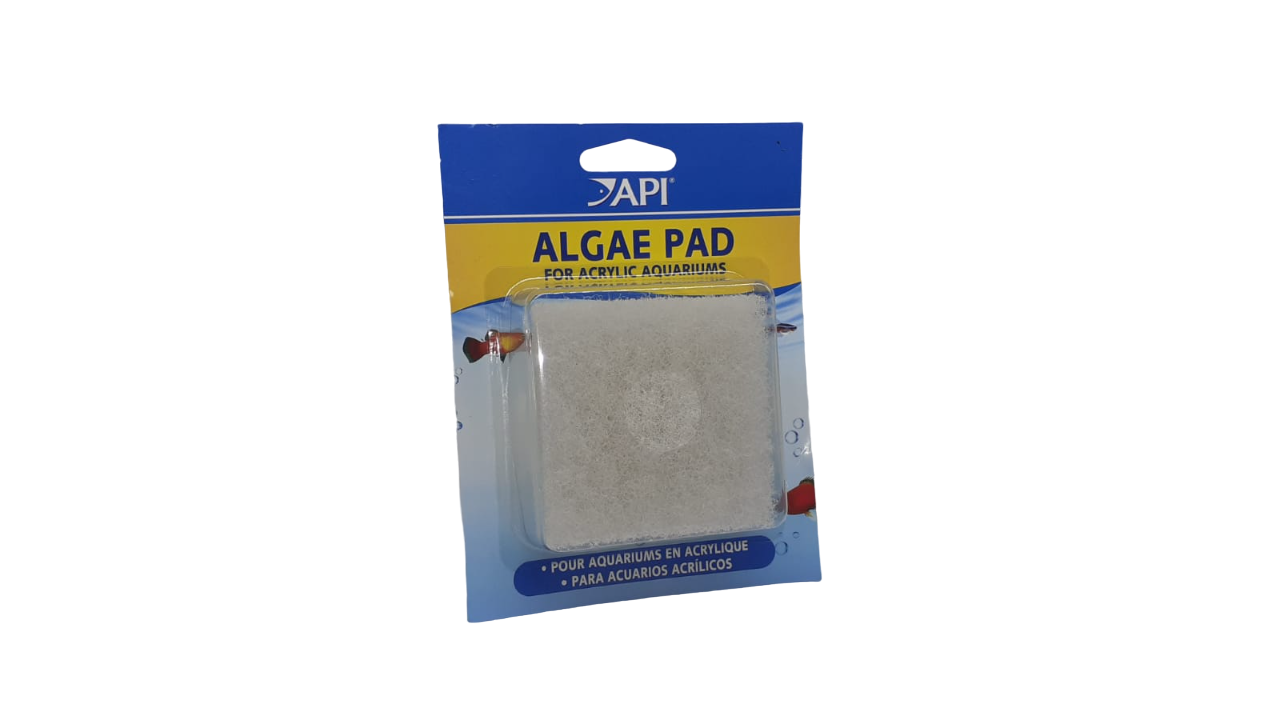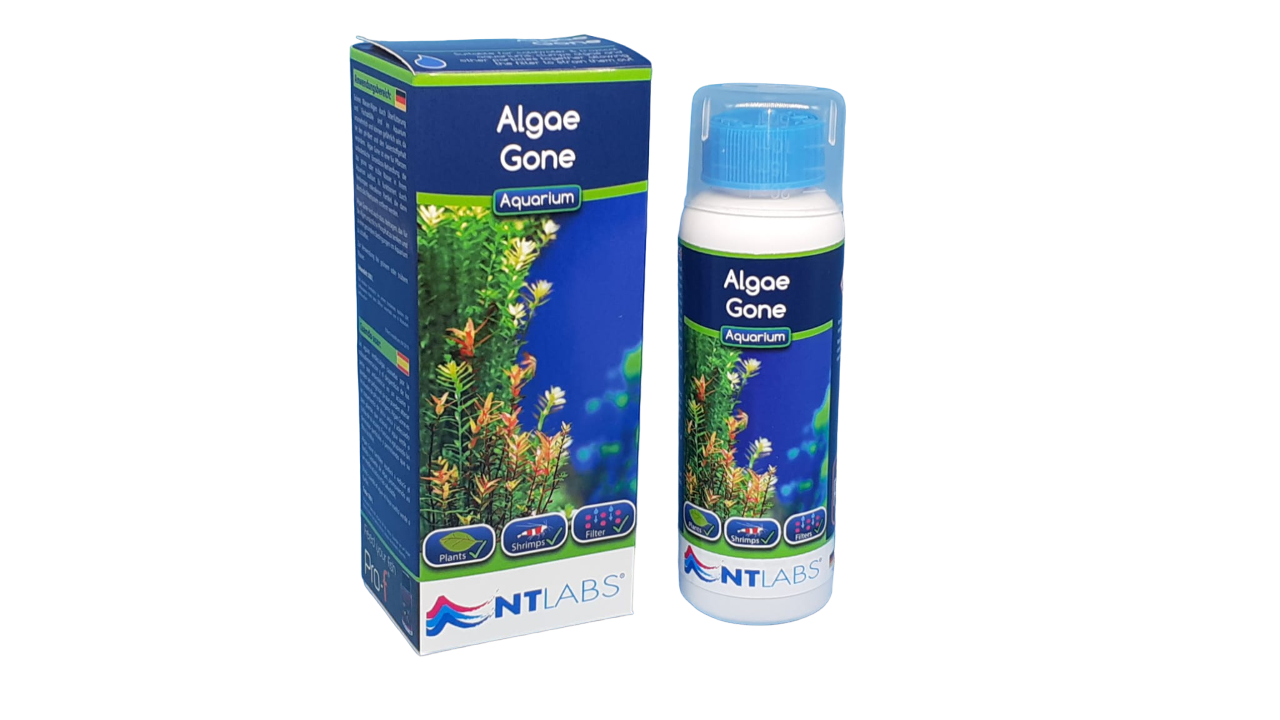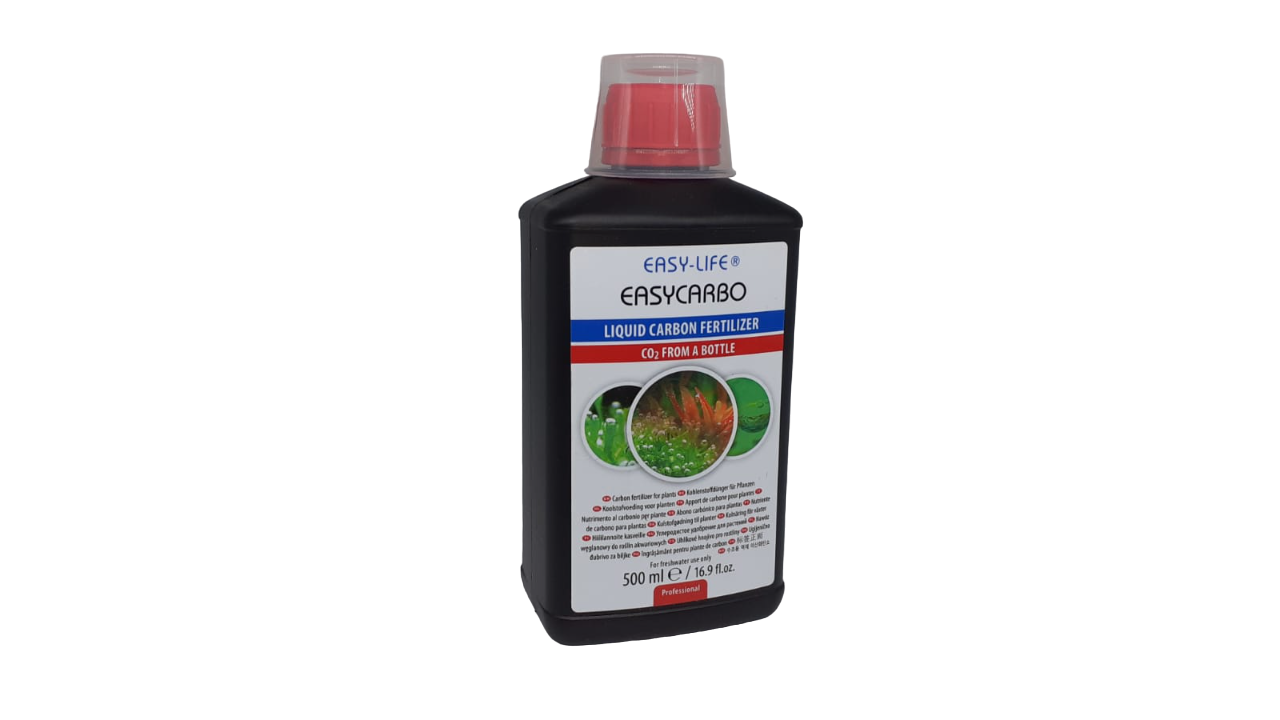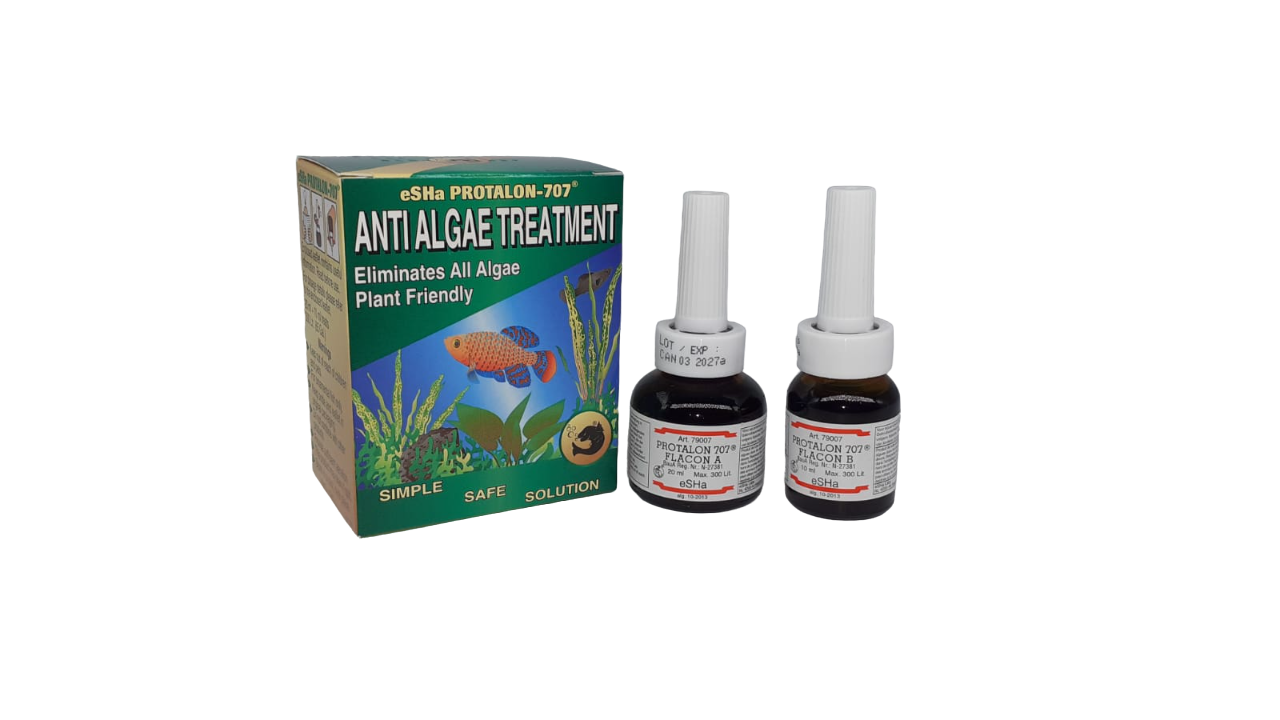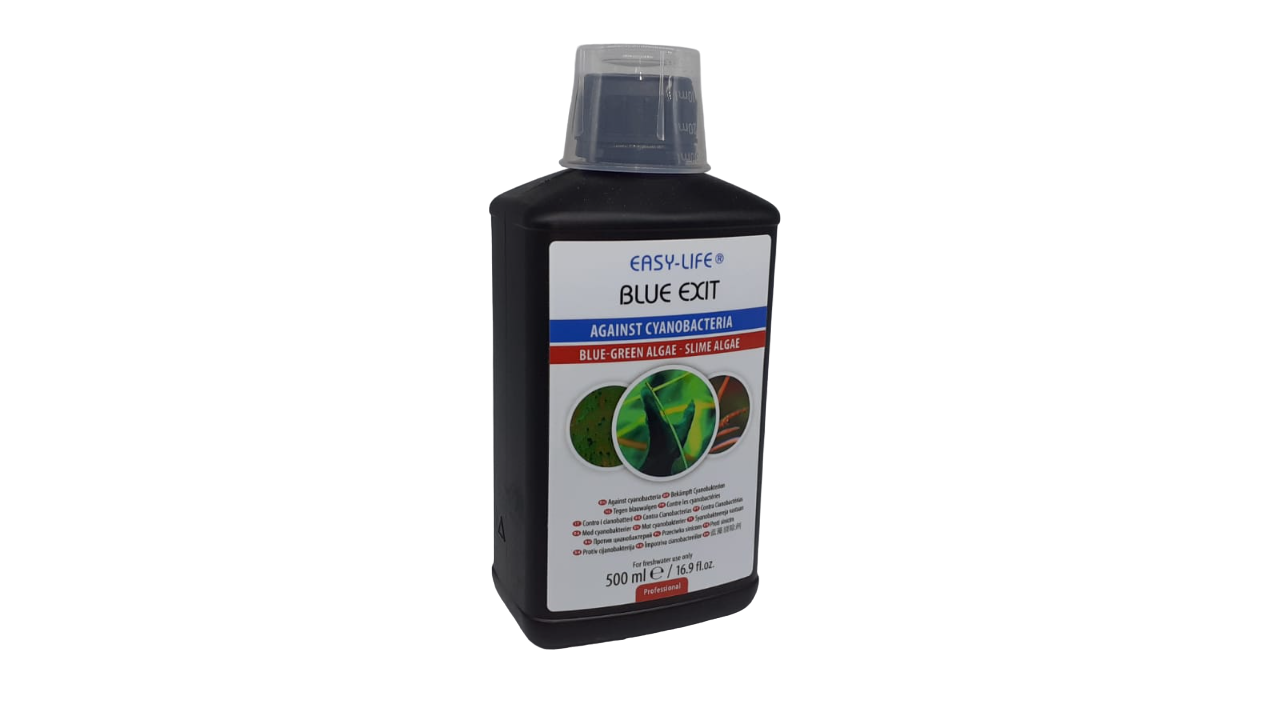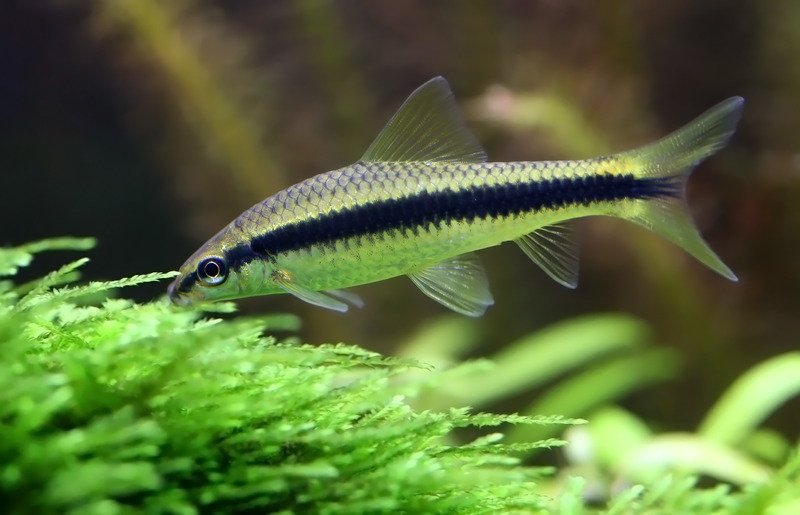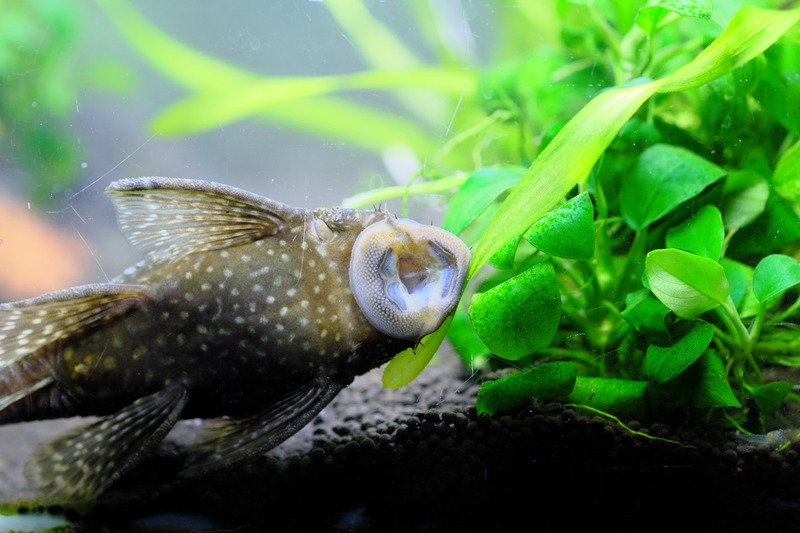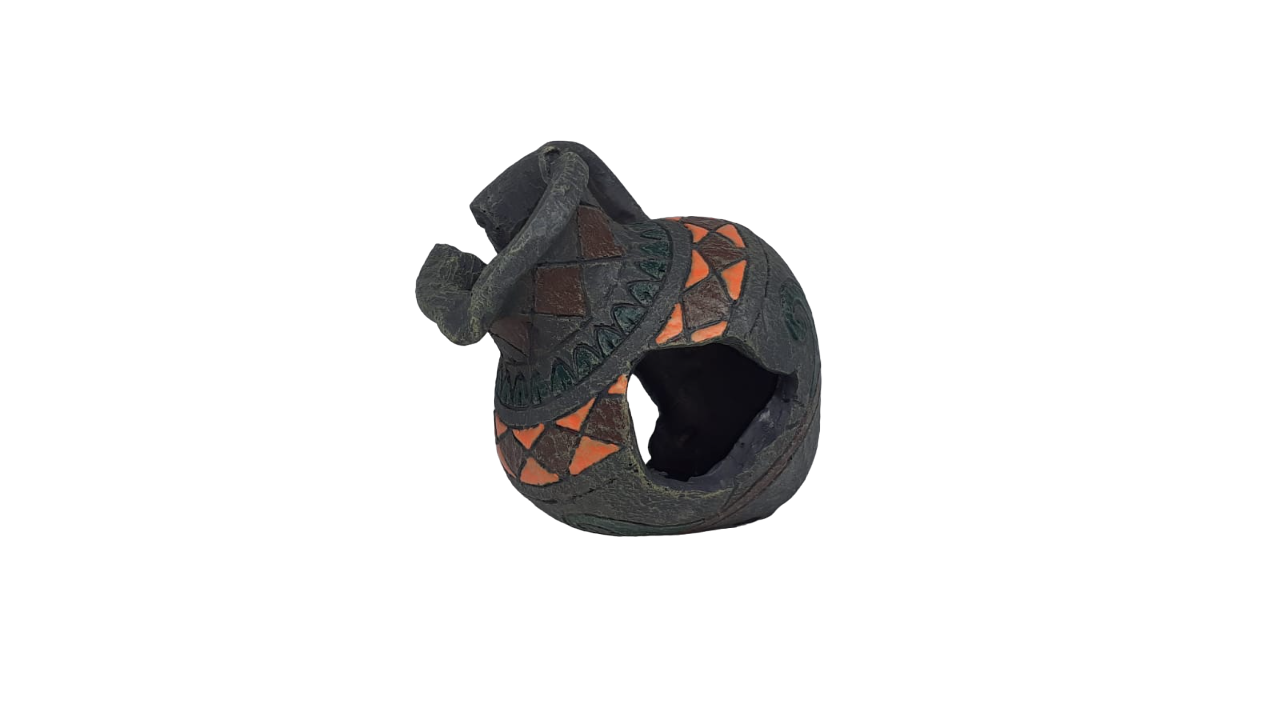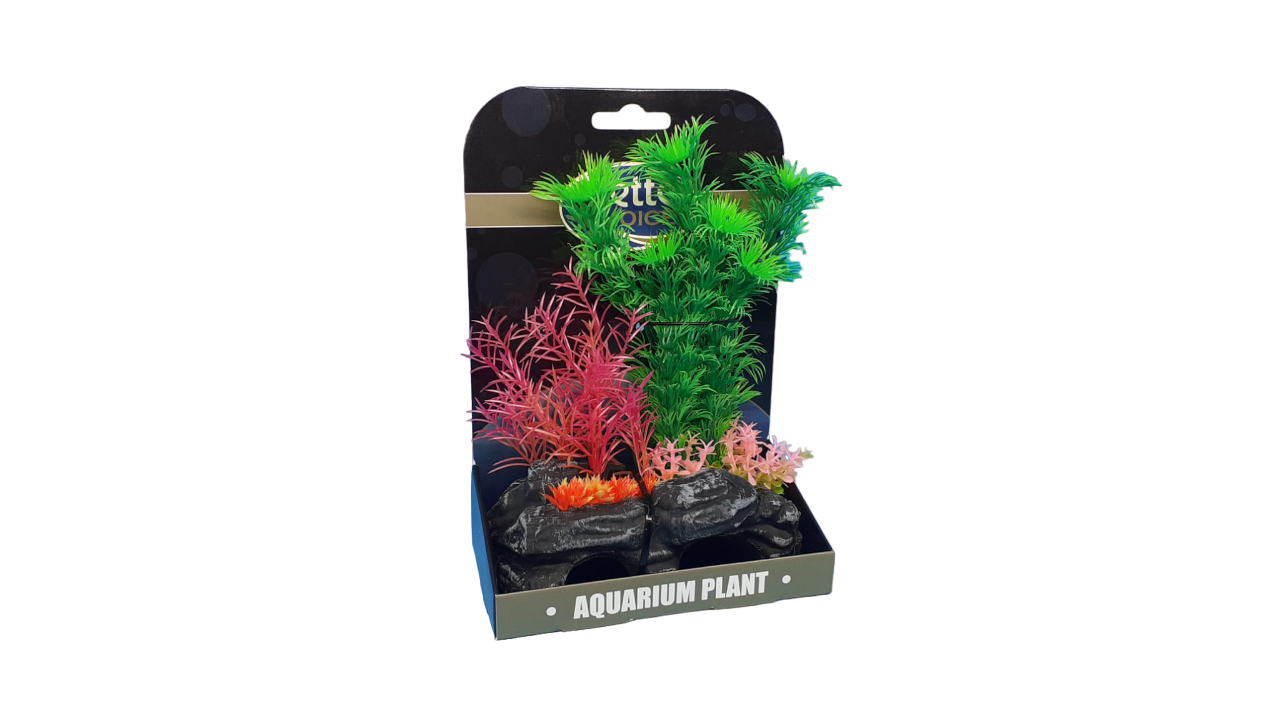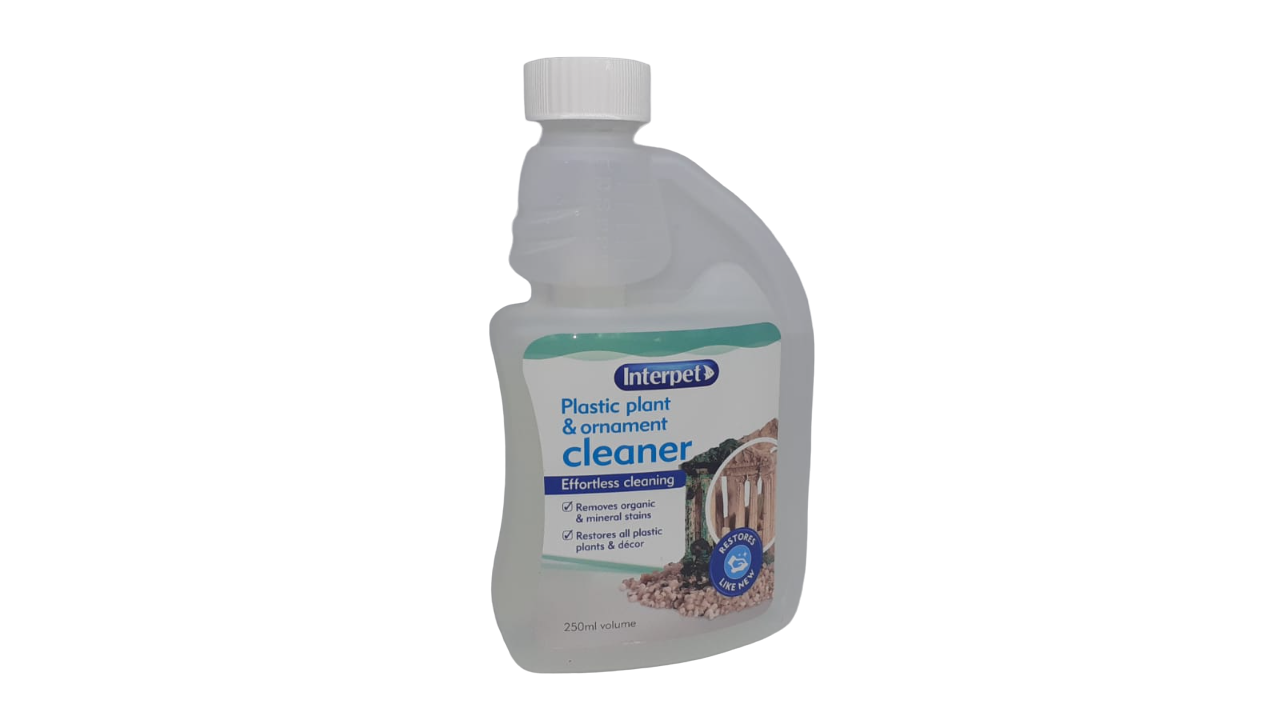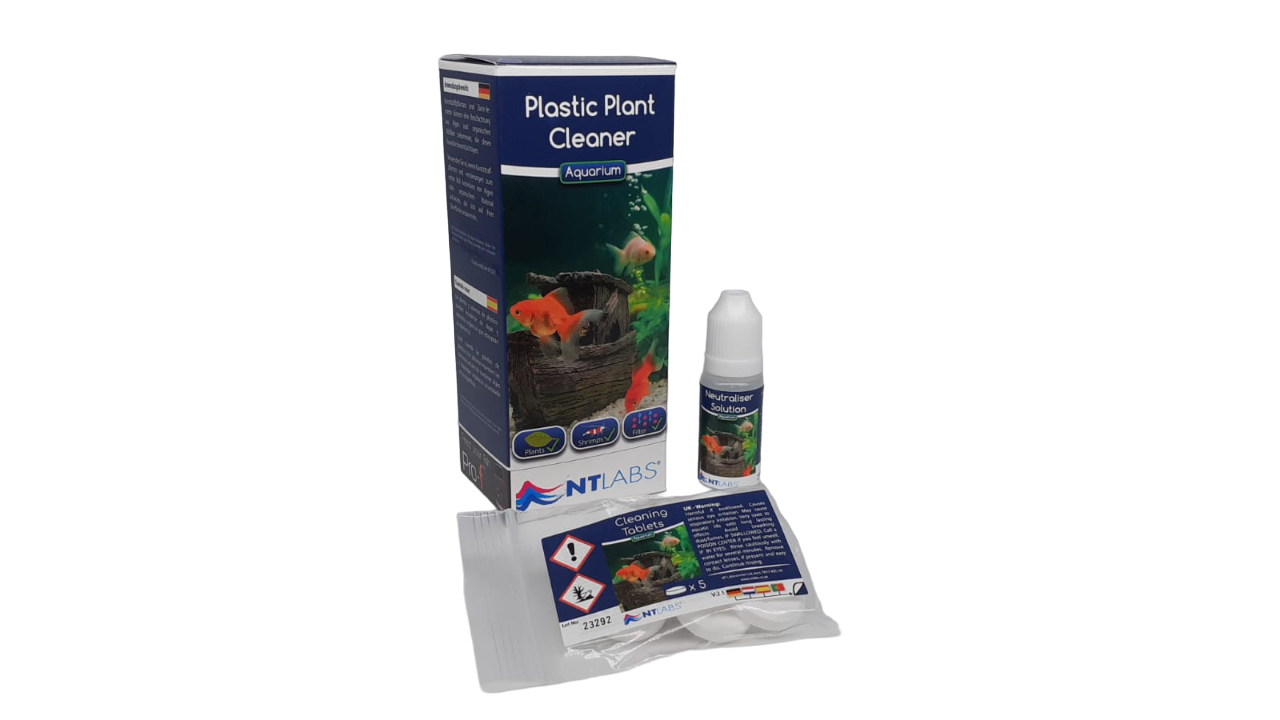Aquarium Algae: Top 10 Approved Ways To Remove It Are Revealed!
5 minute read
How to remove and treat algae in my aquarium and prevent its return are often questions that all fish keepers ask at some point.
Here we discuss the causes and several treatments for removing algae from your home aquarium. Also included later is an emergency measure that can be used if all else fails!
Algae is always present in nature, in both rivers and lakes, streams and ponds, and in marine environments. This is all fine, but as home fishkeepers we don’t want excess amounts of algae ruining our beautiful aquariums and driving us to despair.
Algae present in small amounts is often beneficial as a food source for fish and invertebrates. Large amounts often indicate a high level of pollutants or nutrients in your aquarium, which serves as food for algae.
As fishkeepers we are trying to re-create a very small volume of natural habitat for our fish to thrive in, but without the huge water changes that occur in nature. Doing this is great fun but not without its challenges!
Causes Of Excess Algae
Excess light nearly always increases algae growth in aquariums. Often this can happen if your aquarium is exposed to high levels of natural sunlight or simply leaving artificial lights on for too long.
Lack of regular water changes will increase algae levels due to pollutants and nutrients becoming more concentrated.
Unremoved Fish waste from excess feeding can build up in the substrate, which usually increases pollutants.
Poor aquarium filter maintenance often results in elevated levels of ammonia and reduced water circulation.
We normally mean nitrate, phosphate and ammonia when we talk about pollutants that increase algae levels.
Suggestions to Combat Algae
Get stuck in to physically remove algae from your aquarium with brushes, scrapers and magnets. This method produces fast results and is quite satisfying as you can immediately see the benefits.
In a planted aquarium trim off any algae-covered leaves to reduce spread.
Regularly wipe the sides of your tank to prevent a build up of algae.
Use a hand held algae removal pad to clean the walls of your aquarium or an Algae scraper if the algae pad can’t cope with thick layers of algae. There are several options available each with spare/different attachments depending on the depth and size of your tank.
Be sure to only use acrylic pads/scrapers if your tank is not made of glass.
Algae magnets are an excellent way of regularly cleaning your tanks sides. They can be ‘parked’ on the wall out of sight and you don’t have to get your hands wet or lift up your aquarium lid to use them.
Eheim Skim 350 ▼ | API Scraper ▼ | TMC Magnet▼ | API Pad ▼
Be sure to only use a magnet suitable for acrylic if your tank is not made of glass.
The resulting debris can be easily vacuumed up and removed.
5. Remove tank ornaments such as plastic plants and decorations for cleaning. Make sure small shrimps, fish or snails are not hitching a ride as you do so and place in a bucket or bowl. These can be scrubbed clean and then treated with a plastic plant cleaner for longer lasting results and returned to your tank looking like new.
6. Increase water circulation to prevent areas of slack water and the proliferation of Blue/Green Algae (Cyanobacteria). Not strictly an algae, it’s a bacteria and it thrives in areas with poor circulation and lower oxygen. Your filter can then remove the waste that would normally remain in these areas.
7. Introduce some live plants. These will use ammonia and phosphate as a food source and will help to starve the algae.
Floating plants such as Duckweed (Lemna minor) reproduce quickly and create shade that can slow algal growth. This extra shade also provides security for your fish, preventing stress. Duckweed is a great aquarium plant for nano tanks that may not have injected CO2 or plant fertilizers - just simply thin it out during routine maintenance
8. Treat with an Algae Inhibitor such as Easy Life Carbo. This can be used regularly to boost live plant growth and is an excellent algae preventer in your aquarium.
9. If your aquarium has green water then treat with NT Labs Algae Gone. This will clump all the algae together for easy syphoning and is very efficient and fast acting.
10. Use a complete Algae Remover such as eSHa Protalon - 707. This is extremely effective and will eradicate all types of algae from your aquarium.
Algae Gone ▼ | Easy Carbo▼ | eSHa Protalon▼ | Blue Exit ▼
Okay, now the physical amounts of algae have been reduced we need to address the root causes.
Reduce the amount of natural light your aquarium is exposed to. Try not to position your tank near a south facing window. Any window can increase light levels. It’s always difficult to position your tank ideally in the optimum location and compromise is usually necessary.
Use a plug-in electric timer to restrict artificial aquarium lighting to 8 hours a day.
Feed your fish with smaller portions. Many fishkeepers will feed too much at each meal time resulting in uneaten food drifting around your tank. This food will rot, increasing pollution and can get stuck in plants and ornaments spoiling the charm of your aquarium.
If the food isn’t eaten within 5 minutes you are feeding too much (with the exception of catfish pellets). Many aquarium fish have small stomachs, so feed sparingly but maybe add an extra mealtime to keep them topped-up.
Vacuum up and remove any uneaten food each day.
Perform weekly water changes ideally of about 30%. Use a gravel vacuum to remove solid waste and water at the same time. It’s always surprising how much mulm and detritus accumulates in the substrate of an aquarium, adding to pollutants.
Stock some algae eating fish. These will consume algae constantly during daytime, keeping levels low. Keep some in your aquarium after about 6 weeks of setting up and they will work away like small robots!
Amano Shrimp | Otocinclus | Siamese algae eater | Pleco
Examples include:
For Nano aquariums
Amano Shrimp (Caridina multidentata)
Nerite Snails (Vittina natalensis)
Avoid Apple Snails (Pomacea sp.) if you want algae control - they’re not very good. Keep them as pets instead.
A shoal of Otocinclus (Otocinclus macrospilus) catfish. These delightful, active catfish will browse on algae for hours on end. Keep them in small groups of 6 or more as they are very social fish and will pine away on their own.
For Large Aquariums
Bristlenose catfish (Ancistrus spp) It’s important to choose a species that won’t outgrow your tank.
Siamese Algae Eaters (Crossocheilus oblongus) are another fish that constantly browse on algae, although they become lazy as they age and often prefer tablets and pellets.
Often these species will need supplements of catfish tablets and blanched vegetables to sustain them. Algae present even in large amounts does not usually provide enough nutrition long term for these fish.
Consider using some Reverse Osmosis (R/O) water with water changes. This will be free of phosphates, nitrates and sometimes even ammonia that is present in tap water. Be sure to maintain the correct minerals and hardness levels for your specific fish.
Examples include:
For Nano aquariums
Amano Shrimp (Caridina multidentata)
Nerite Snails (Vittina natalensis)
Avoid Apple Snails (Pomacea sp.) if you want algae control - they’re not very good. Keep them as pets instead.
A shoal of Otocinclus (Otocinclus macrospilus) catfish. These delightful, active catfish will browse on algae for hours on end. Keep them in small groups of 6 or more as they are very social fish and will pine away on their own.
For Large Aquariums
Bristlenose catfish (Ancistrus spp) It’s important to choose a species that won’t outgrow your tank.
Siamese Algae Eaters (Crossocheilus oblongus) are another fish that constantly browse on algae, although they become lazy as they age and often prefer tablets and pellets.
Often these species will need supplements of catfish tablets and blanched vegetables to sustain them. Algae present even in large amounts does not usually provide enough nutrition long term for these fish.
Consider using some Reverse Osmosis (R/O) water with water changes. This will be free of phosphates, nitrates and sometimes even ammonia that is present in tap water. Be sure to maintain the correct minerals and hardness levels for your specific fish.
IF YOU HAVE A SEVERE ALGAE PROBLEM IN YOUR AQUARIUM:
In tanks without live plants remove all ornaments and clean them. Scrub all equipment and tank sides and only switch lights on for 2 to 3 hours a day until algae levels are satisfactory.
In tanks with live plants or you are at your wits end, then extreme algae problems can be dealt with using a ‘blackout’ procedure. This involves blacking out your aquarium with dark material (do not seal airtight) and switching off the lights for several days. This can serve as a ‘reset’ for your tank.
Keep all other equipment running as normal and only feed a small amount each morning.
After maybe 3 or 4 days vacuum up all the resulting dead algae and return your lighting to normal.
Amphora▼ | Pink-Green Plant ▼ | Plant cleaner▼ | Plant cleaner ▼
Types Of Aquarium Algae
Brown Algae
This algae is very common in new aquariums and will quickly cover your aquarium glass in “sheets”. These are quite simple to wipe off and vacuum-up. As your aquarium matures this will eventually disappear.
Green Algae
Sometimes known as hair or spot algae, this one will nearly always be present in every tank. This is not harmful and is often favoured by algae-eating species. Sometimes this will proliferate if phosphate levels are low, yes I know it sounds counter-intuitive, but maintaining phosphate levels of 1.0 ppm seems to reduce levels.
Red or Beard Algae
This can be very difficult to get rid of and it will grow on decor, plants and equipment eventually smothering everything. Algae eating species are reluctant to feed on it, so physically remove on first sight!
Blue-Green Algae (Cyanobacteria)
As previously mentioned this is a bacteria but behaves like an algae in an aquarium. Lack of water circulation or very low nitrate can cause this one. Using EasyLife Blue Exit can be very effective.
Green Water
Also known as an algae bloom, this is caused by suspended microscopic algae and can be prevented by using an Ultraviolet Light Filter or shading your tank from excess direct sunlight.
Green floating algae/surface scum
Effectively just floating green algae, this can reduce light levels quite significantly which may result in other algae proliferating within your tank. Usually a simple surface skimmer running for a few hours a day will suffice.
Closing
As fish keepers we can never completely remove all traces of algae, but our goal is to keep levels low enough so we can enjoy our tanks and our fish can thrive in a healthy environment.
All fishkeepers have to contend with algae at some point either at professional or home fishkeeper level. Having algae problems is often the reason people leave the hobby and you are not alone if algae is getting you down. Most people don’t advertise their problems and many on-line images of aquariums depict perfect aquariums, but not always the often tricky journey to get there!
Use a combination of the methods mentioned here and you should be able to combat algae effectively and keep enjoying your aquarium..



